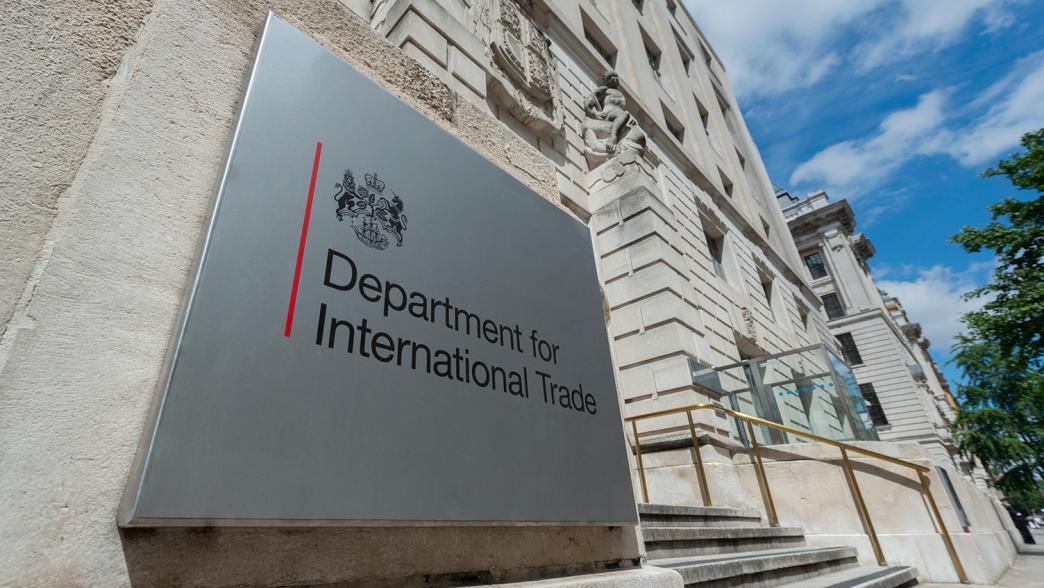Age of the civil service
The age of the civil service can have consequences on the skills available to the civil service.

The age of the civil service can have consequences on the skills available to the civil service.

Join us and permanent secretaries Cat Little, Sarah Munby and Gareth Davies as we discuss the benefits of external recruitment.
Ministerial directions are formal instructions telling departments to proceed with a spending proposal, despite objection from permanent secretaries.
Civil service unions have a particular responsibility to show restraint on political activity.
Former ambassador and No.10 adviser Tom Fletcher joins us to explore the UK’s global status and what David Cameron's return has meant for the FCDO.